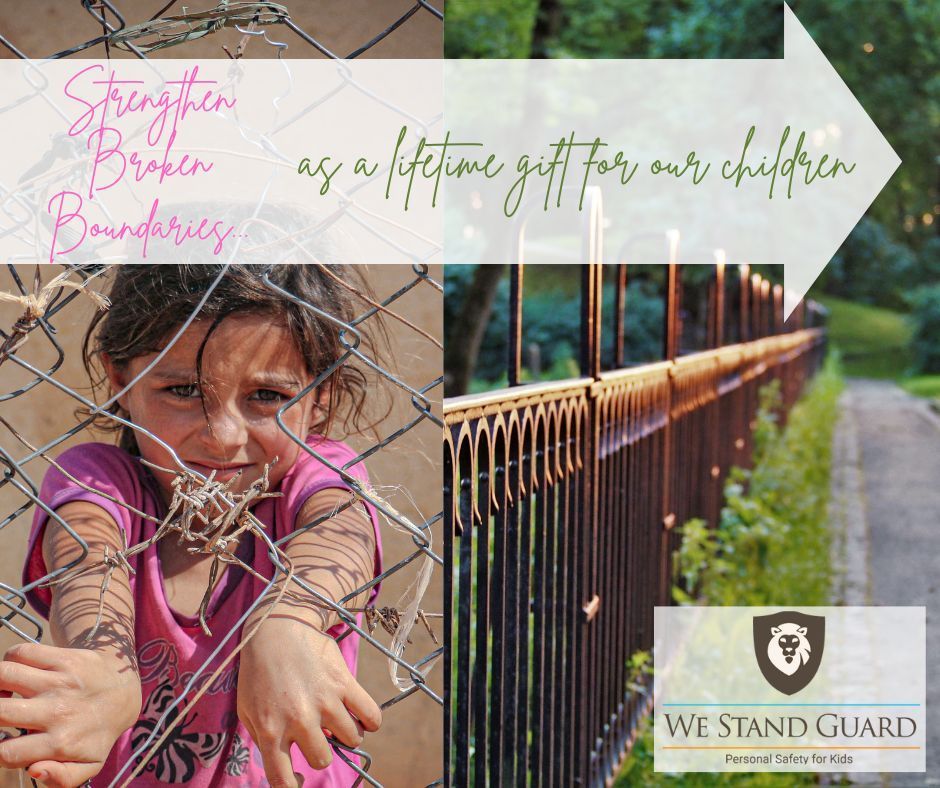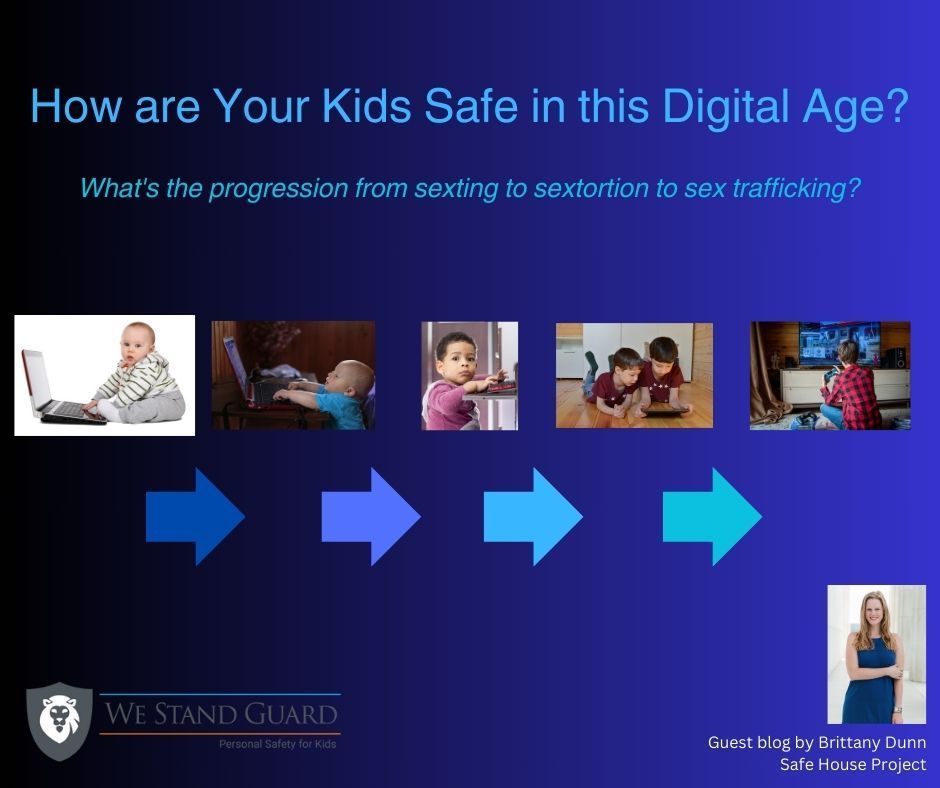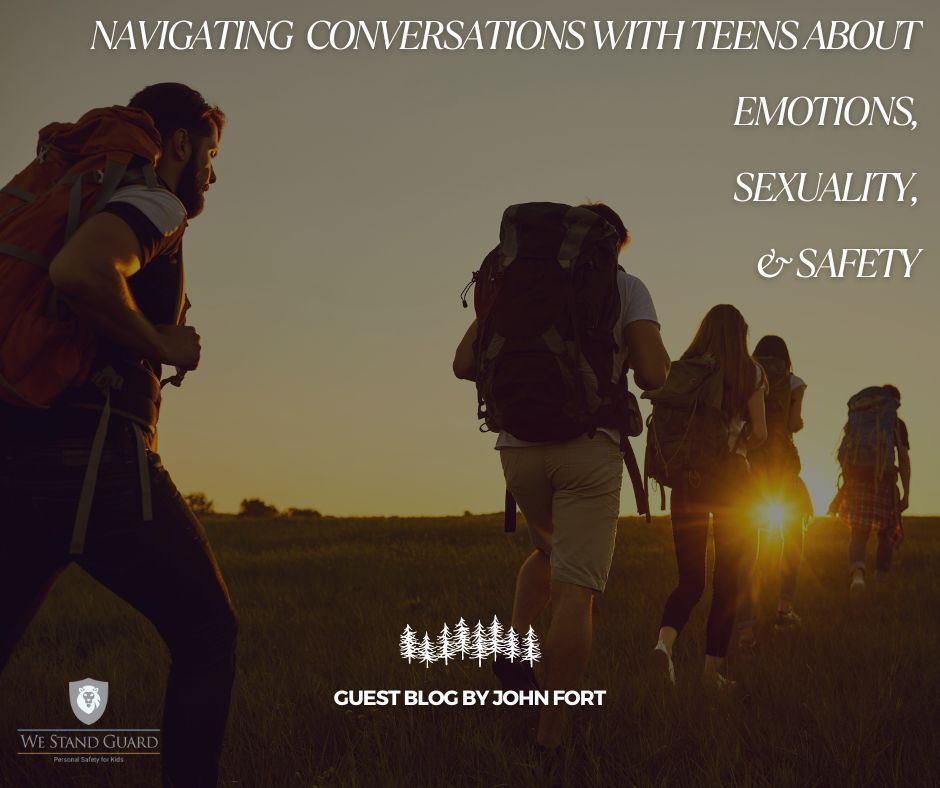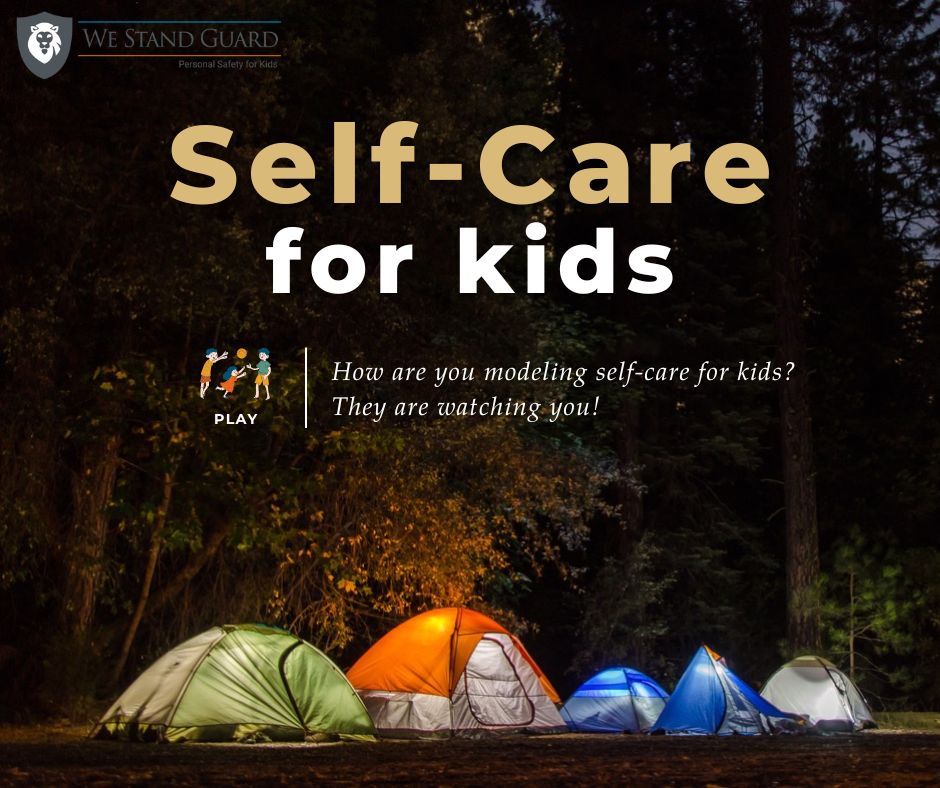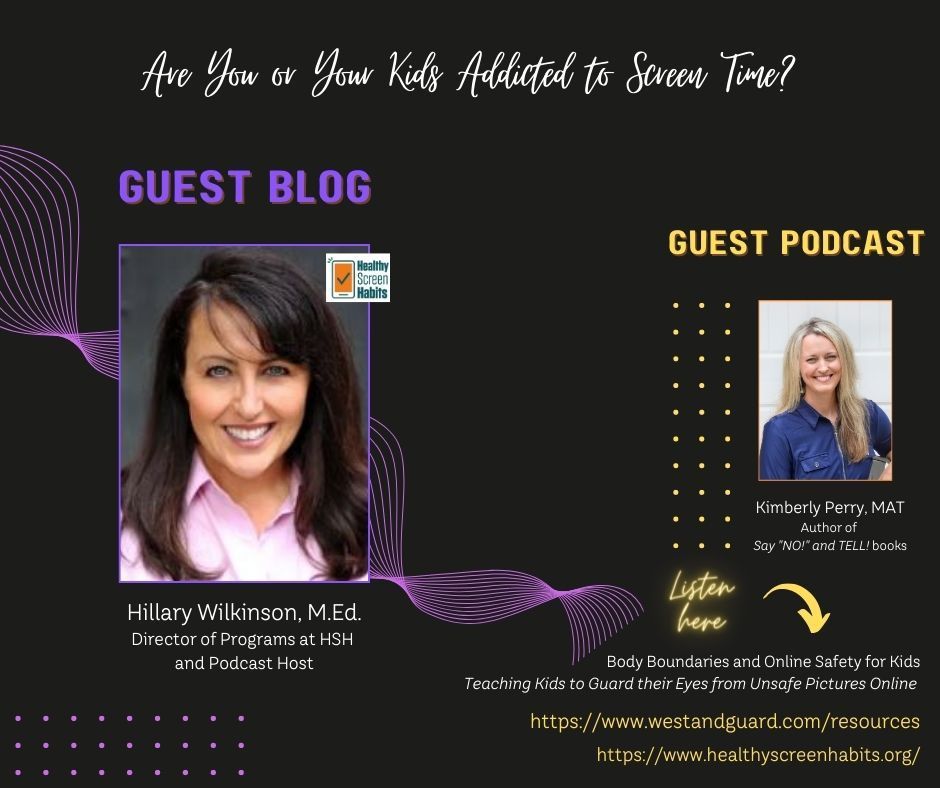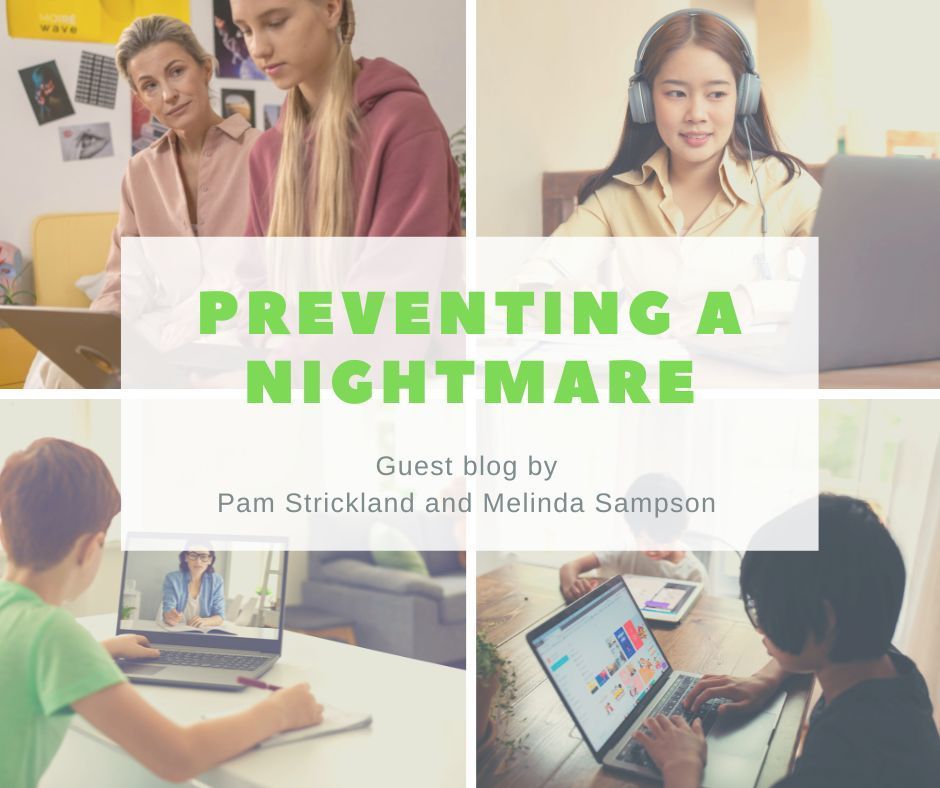How to Master Life Transitions Through Wholesome Habits
Transitions as the Kids are Growing up!
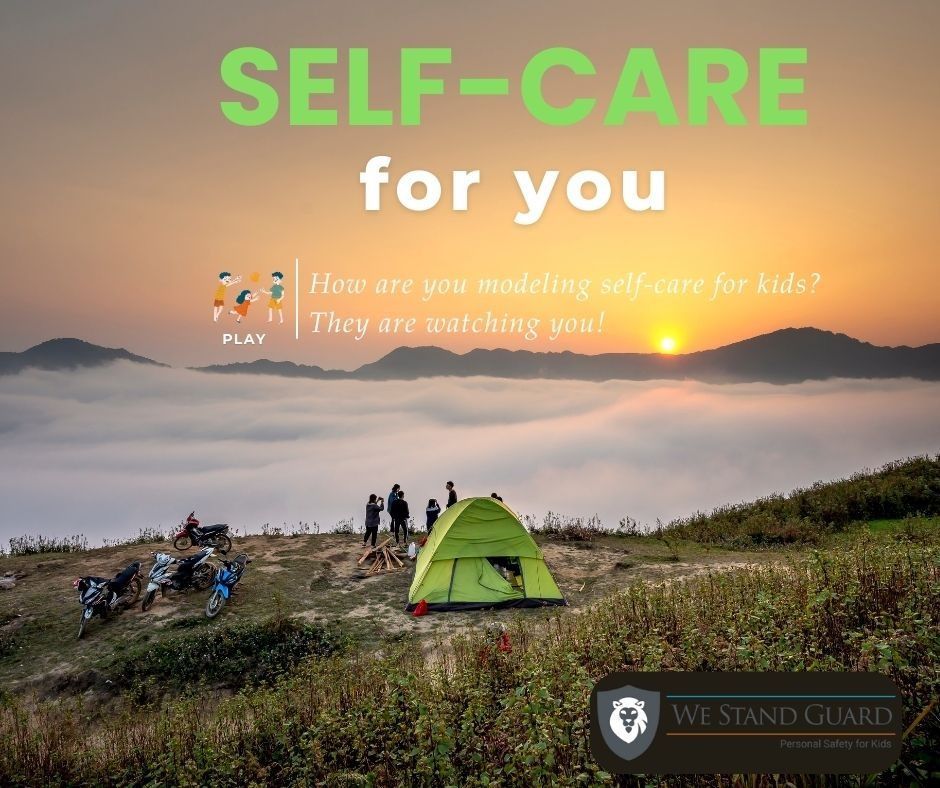
What challenges or gaps are you facing as the kids are growing up, which brings change as they transition from childhood to tweeners and teenagers.
In addition to last month's blog on A Look at Self-Care Activities for Kids
, here is an interesting look at your own self-care, especially during transitions with kids growing up. In fact, I visited my triplet nephews this past Labor Day weekend and my brother and I were cracking up since their PJ bottoms were like crop pants - they have grown taller as they begin middle school! Surprise!!!
As a follow up to last month, check out Anya Willis' Part 2 guest blog on self-care (see more at https://fitkids.info/
).
Life
is a roller coaster of changes, from new jobs and relationships to relocations
and even crises. As disorienting as
these major life transitions can be, they also offer a unique opportunity to
reboot your habits and improve your overall well-being. Today, we will provide you with strategies
to embrace these transformations and convert life's challenges into stepping
stones for a better you,
It's natural for stress levels to peak during transitions. However, these moments provide a chance to develop effective stress-management strategies. Start with acknowledging the stressors. Once you identify them, use mindfulness exercises, such as deep breathing or meditation, to mitigate their impact. Incorporating physical activity can also make a significant difference. Exercise releases endorphins, which naturally reduces stress. So, the next time you find yourself overwhelmed, remember to take a step back and focus on your well-being.
Returning to school is one of the best ways to revitalize your life and open doors in terms of a future career. There are plenty of options out there, as well. For instance, if you’ve ever thought about pursuing an online bachelor's degree in nursing , now is the time. Online nurses are in high demand, and if you’re open to the flexibility that comes with internet-based learning platforms, you can work toward your degree on your own schedule, from the comfort of your own home.
Major life transitions can also offer the ideal moment to venture into entrepreneurship. Begin with research. Understand your target market, potential challenges, and financial requirements. Once you have a comprehensive plan, move to the execution phase. When it comes to establishing a brand identity , create a memorable image using free online logo makers. These platforms offer an array of customizable designs to give your business a professional edge, and a well-designed logo can do wonders for brand recognition.
Adjusting to a new chapter in life often requires a revamped routine. Consistency is the cornerstone of habit formation , and the best way to ensure this is by designing a daily routine that aligns with your newfound goals. This can be anything from a workout schedule to set times for personal and professional growth. Not only does this help in maintaining a balanced life, but it also solidifies the positive changes you aim to make.
Legal and Financial Control through an LLC
If you opt for the entrepreneurial route, forming an LLC ( limited liability company ) is crucial. This legal structure provides personal liability protection and offers several tax benefits. It signifies a critical step towards becoming your own boss, putting you in control of your business and, by extension, your destiny. Consider consulting professionals to help you navigate the complexities of forming an LLC.
For many, caffeine is a daily necessity. However, it's easy to go overboard, especially during stressful periods. If you must drink caffeine, take the time to learn more about the different coffee drinks available. Whether it's opting for a lighter roast or mixing in decaf, these choices can help you maintain energy levels without sacrificing sleep quality.
Relationships play a crucial role during transitional phases. This is an ideal time to assess your social circle and make necessary adjustments. If certain relationships are toxic, it’s time to distance yourself. Surrounding yourself with positive, supportive individuals can significantly boost your emotional and psychological well-being.
Transitions often have financial implications. Use this time to review your credit report and take steps to fix any inconsistencies or debts. By managing your finances effectively, you lessen stress and lay the foundation for a stable future.
Goals with a Purpose: Mapping Your Journey
Setting clearly defined goals that resonate with your core values is fundamental. They act as a roadmap, guiding you through challenges and keeping you centered. A detailed, step-by-step plan can greatly assist in achieving these goals, and the focus it brings can be an invaluable asset.
The experience of undergoing a significant life transition can be exhilarating, daunting, and enriching all at once. Embracing these transitional phases with purposeful strategies can redefine challenges as opportunities for personal and professional growth. By applying the practices highlighted in this article, you're poised to emerge stronger, more empowered, and ready to seize future opportunities with aplomb.
